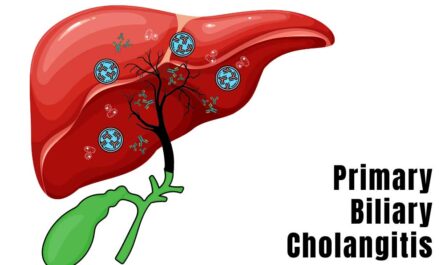Ophthalmology is the branch of medicine that deals with the treatment and diagnosis of eye disorders and diseases. Rapid advancements have been made in ophthalmology diagnostics and surgical devices which have greatly improved eye care and treatment outcomes. This article discusses some of the latest diagnostic tools and surgical devices used in eye care.
Fundus Imaging Techniques
Fundus imaging allows doctors to examine the inside of the eye including the retina, optic disc and macula. Several advanced imaging modalities have revolutionized fundus examination. Optical coherence tomography (OCT) uses light beams to capture high resolution cross sectional images of the retina. OCT imaging has become indispensable for evaluating and managing retinal conditions like macular degeneration and diabetic retinopathy. Wide field fundus imaging provides up to 200 degree view of the retina in a single shot. This helps detect peripheral retinal tears and breaks not visible on conventional fundus cameras. Adaptive optics scanning laser ophthalmoscopy compensates for optical aberrations of the eye and provides cellular level resolution of the living retina.
Visual Field Testing
Visual field testing is crucial for assessing functional vision loss and monitoring conditions like glaucoma. Standard automated perimetry evaluates sensitivity across the visual field but newer threshold testing strategies have made perimetry faster and more reliable. Short wavelength automated perimetry and frequency doubling technology perimetry are more sensitive in detecting early glaucoma damage. Kinetic visual field testing is useful where fixation is unreliable. Multifocal visual evoked potential technique objectively maps visual field function including central and peripheral vision.
Anterior Segment Imaging
Recent innovations have enhanced examination of the transparent tissues in the front of the eye. Ultrasound biomicroscopy provides high resolution ultrasonic images of structures like ciliary body and iridocorneal angle that are not clearly viewable. Anterior segment optical coherence tomography gives cross sectional views of cornea, iris, crystalline lens for detecting subtle abnormalities. Scheimpflug imaging combines Placido disk technology and slit lamp biomicroscopy to precisely measure corneal thickness, curvature and posterior surface irregularities. Dual Scheimpflug analyzers enable comprehensive examinations for refractive and cataract surgery planning.
Refractive Surgery Devices
Ophthalmology Diagnostics And Surgical Devices Excimer lasers and femtosecond lasers have empowered refractive specialists to correct ametropias like myopia, hyperopia and astigmatism. Excimer lasers ablate corneal tissue with ultraviolet light pulses to reshape the cornea. Advanced systems provide reliable correction while minimizing higher order aberrations. Femtosecond lasers make precise, computer guided incisions and help create an ideal corneal geometry with little trauma or side effects. They have enabled new techniques like IntraLASIK, presbyopia surgery and toric IOL calculations. Refractive surgical options coupled with diagnostic technologies help most people attain spectacle independence.
Cataract Surgery Advances
Modern cataract surgery involves the implantation of an artificial lens called an intraocular lens or IOL. A wide selection of IOL designs and materials are available. Multifocal IOLs provide an extended range of vision from distance to near without glasses. Toric IOLs compensate for preexisting corneal astigmatism. Femtosecond lasers facilitate highly precise capsulorhexis and lens fragmentation with less surgically induced astigmatism. Newer technologies like laser assisted in situ keratomileusis (LASIK) enabled cataract surgery combine cataract removal and corneal refractive correction in a single procedure. Viscoelastic agents, phacoemulsification systems and micro incisional phaco technology have revolutionized cataract surgery outcomes.
Diagnostic and Surgical Innovations in Vitreoretinal Disorders
Advancements in vitreoretinal imaging have significantly improved detection and management of posterior segment diseases. Optical coherence tomography angiography non-invasively visualizes the microvasculature of the retina and choroid. It provides valuable insight into retinal conditions like age related macular degeneration, diabetic retinopathy, uveitis and vein occlusions. Advances in vitrectomy instruments allow removal of the vitreous gel through smaller sclerotomy wounds. New generation high speed vitrectomy cutters cut more efficiently while avoiding trauma. Pneumatic vitreous cutters are effective for patients with dense cataracts. Innovations in illumination technology aid complex retinal procedures in less operating room time.
*Note:
1. Source: Coherent Market Insights, Public sources, Desk research
2. We have leveraged AI tools to mine information and compile it




